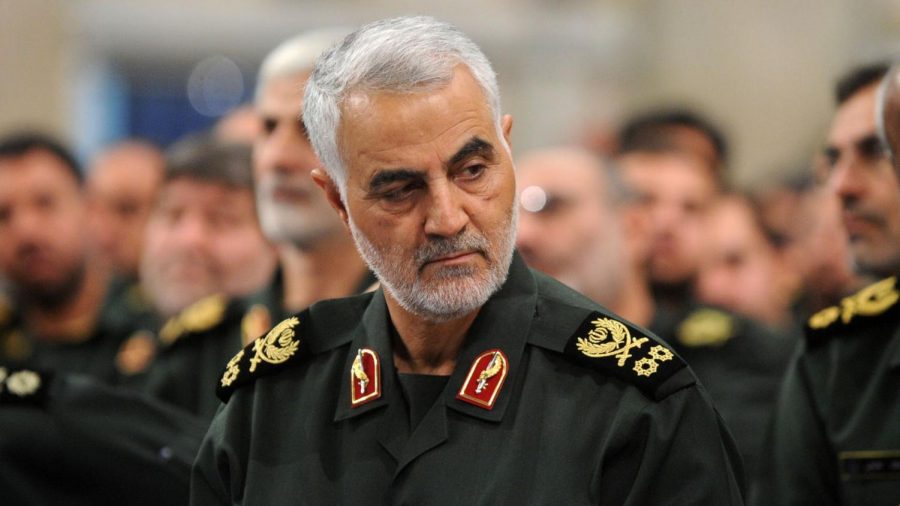The Death of General Qasem Soleimani
General Qasem Soleimani was the most powerful security and intelligence commander in Iran. Along with being the leader of the country’s Revolutionary Guards’ Quds Force, Iran’s foreign security mechanism, Soleimani also worked closely with leaders in neighboring nations. He allied himself with Iraqi and Lebanese forces to promote Shiite power within the Middle East. Soleimani also became popular when he attempted to fight President Bashar al-Assad and the country of Syria, seeing as a majority of Syrians are Sunni Muslims.
While many Iranians viewed the general as a hero, the United States viewed him as a terrorist. In the past, General Soleimani has been blamed for the deaths of numerous Americans, especially during the Iraq war. The Iranian general was believed to have been giving Iraqi rebels training in bomb-making. He has also tried to ensure that countries in the reason, specifically those who have alliances with the United States like Saudi Arabia and Israel, remain or become unstable.
What launched the United States recent attack on the General, ultimately resulting in Soleimani’s death? The Pentagon claims that Soleimani was planning multiple attacks on American diplomats and other workers, and they also believe he gave the go-ahead on an attack on the US Embassy in Baghdad, Iraq. These thoughts were anything but far-fetched because an attack on a military base in Iraq, which killed an American contractor, was likely orchestrated by Soleimani.
President Donald Trump has told the media the airstrike he called for was part of a plan “to stop a war.” He also urged the media to understand that the United States was not trying to change who held governmental power in Iran, but rather stop aggression in the country’s capital city. The President’s actions have received mixed reactions from his fellow politicians. While many Republicans have backed his decision, most Democrats believe Trump’s decision was poorly made. Many blame this on a lack of consultation with lawmakers.
More US troops were brought in to the Middle East as tensions continued to rise in the region, yet Americans in Iraq were advised to leave. All this occurred before the airstrike was ordered. Iran’s Supreme Leader, Ayatollah Ali Khamenei, demands three days of national mourning for the general’s death, as well as “forceful revenge.”
According to the New York Times’ Max Fisher, the death of General Soleimani is almost equal to an act or declaration of war. While the United States and Iran have been involved in many conflicts before, none of them have ever been on such a large scale. For the most part, it remains unknown what will happen next between the two countries. The governments of both nations are hoping for the best for themselves. Many are on the edge of their seats, waiting to see what will happen next.

Amy Acevedo is currently a senior at Roxbury High School and has shown an interest in writing from a young age. Her article about Super Bowl LI was selected...






